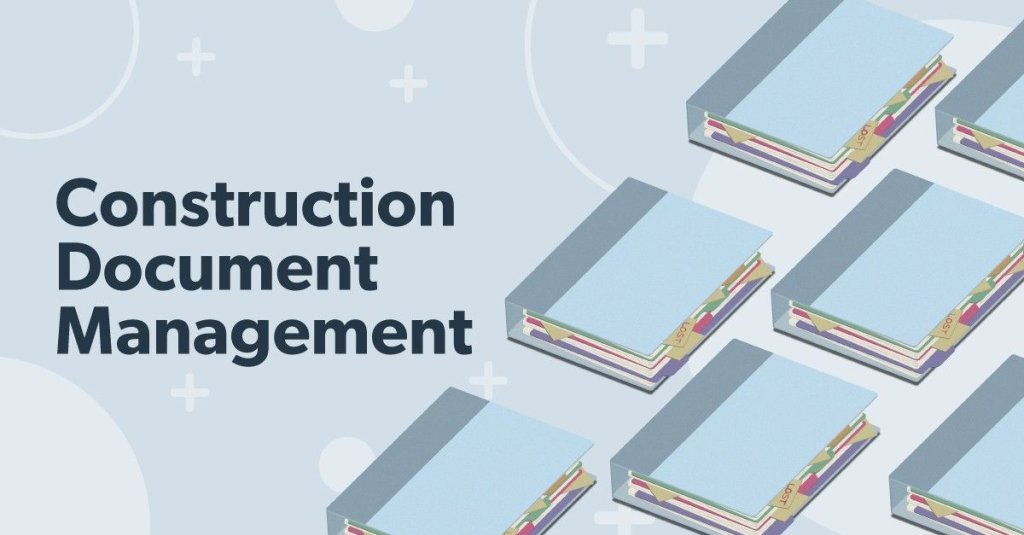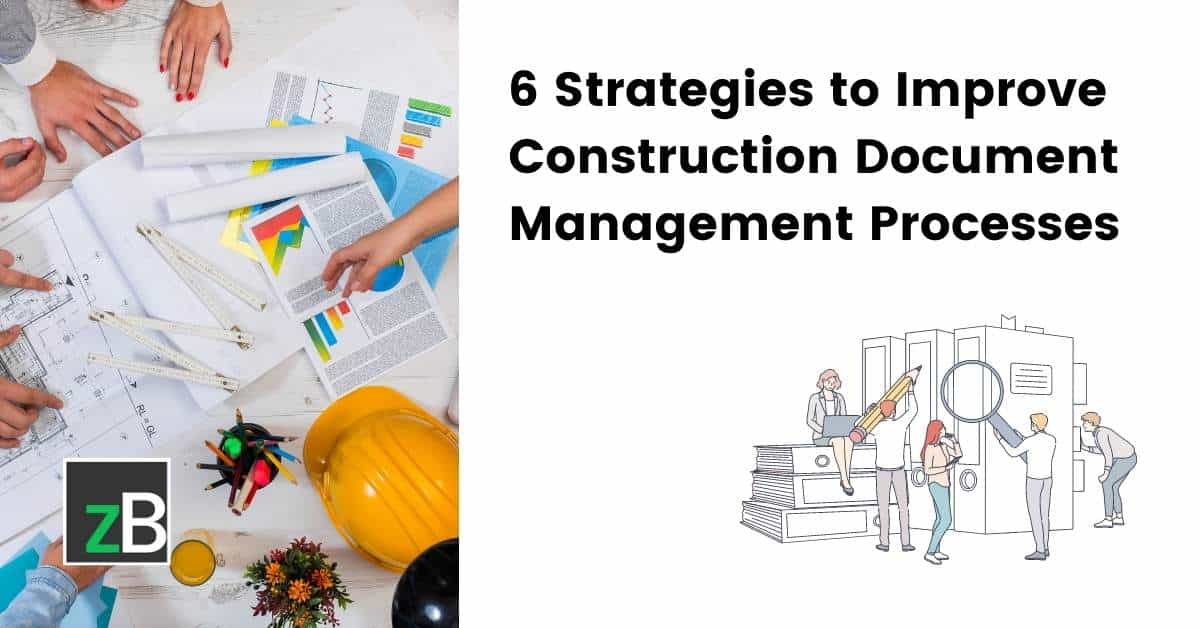Unlocking Effectiveness: The Advantages of Construction Document Management Operating Systems
Unlocking Effectiveness: The Advantages of Construction Document Management Operating Systems
Blog Article
Achieving Seamless Task Shipment: Engineer's Comprehensive Technique to Building And Construction Paper Management
One critical facet frequently undervalued is the management of building and construction files, which serves as the backbone of every task. As engineers navigate the complexities of execution, coordination, and style, a detailed technique to record administration emerges as a cornerstone for attaining smooth project distribution.
Significance of Construction File Management
Efficient construction paper administration plays a critical function in ensuring task success by assisting in smooth communication and organization throughout the construction process. By maintaining up-to-date and exact building and construction files, designers can efficiently communicate with professionals, subcontractors, and various other stakeholders involved in the job. These documents work as a reference point for all events, making certain that everyone is working from the very same set of info and decreasing the possibility of misconceptions or errors.
Furthermore, building and construction paper management assists designers remain organized by giving a centralized area for all project-related info, consisting of illustrations, specifications, contracts, and document. This company simplifies the decision-making process and allows for fast accessibility to vital job information when required. Furthermore, proper document monitoring can boost job efficiency, lower expensive hold-ups, and ultimately bring about the successful completion of building tasks. Designers that focus on building paper administration set a solid foundation for job success and show a dedication to providing premium results.
Crucial Element for Reliable Paperwork

Establishing standard themes and protocols makes certain uniformity across all task records. Implementing a robust record monitoring system that allows for variation control, access restrictions, and audit routes greatly enhances the company and security of job paperwork. By integrating these crucial aspects into building paper management methods, designers can improve processes, lower errors, and ultimately contribute to the effective delivery of jobs.
Using Technology for Record Organization
Leveraging advanced electronic devices and software systems contributes in enhancing the organization and accessibility of building documentation. Building firms can streamline their document management procedures by applying specialized software program made for the building and construction industry. These devices offer functions such as version control, cloud storage space, and collective editing capacities, enabling staff member to deal with papers all at once and making sure everyone has accessibility to one of the most updated details.
One secret benefit of making use of modern technology for paper organization is the ability to create a central repository for all project-related documents. By storing documents in a safe and secure electronic setting, architects can easily search, recover, and share info with stakeholders, reducing the risk of version conflicts or lost data. Additionally, advanced software program remedies usually integrate metadata tagging and indexing capabilities, permitting customers to categorize documents efficiently and obtain them promptly when needed.
Collaborative Techniques With Project Groups
To optimize project end results, architects must accept collaborative strategies when working with job groups to guarantee smooth communication and sychronisation throughout the construction process. Collaboration with job teams is necessary for architects to properly handle building and construction tasks. construction document management. By promoting open interaction and team effort among all stakeholders, designers can improve decision-making procedures, address visit here possible problems proactively, and make sure that every person is straightened with the project objectives
Designers ought to establish clear lines of interaction with engineers, professionals, customers, and other essential employee from the beginning of the project. Normal conferences, progression updates, and feedback sessions ought to be arranged to maintain everyone educated and involved. Utilizing joint job management tools can likewise promote real-time details sharing and file cooperation, enhancing transparency and effectiveness.

Ideal Practices for File Variation Control

Conclusion
In verdict, effective click reference building and construction paper management is vital for achieving seamless job delivery (construction document management). It is imperative for engineers to execute ideal practices in paper management to successfully navigate the complexities of construction projects.
Efficient building file administration plays an important role in guaranteeing project success by assisting in seamless communication and company throughout the building process. Additionally, proper record administration can enhance project performance, lower expensive hold-ups, and ultimately lead to the effective conclusion of building projects.To optimize project end results, architects must accept collaborative techniques when functioning with task groups to guarantee smooth interaction and control throughout the building and construction process. Cooperation with job groups is necessary for engineers to successfully manage building and construction projects.In the realm of collective building and construction task monitoring, preserving accurate control over record versions stands as an important technique for making certain task stability and communication.
Report this page